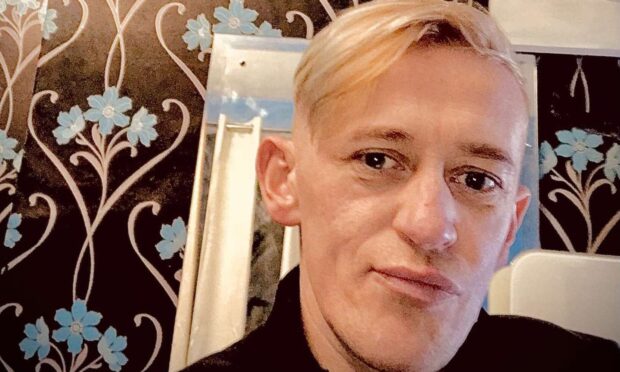A Dunfermline mum has opened up on the crippling anxiety she suffered during her first pregnancy – and how healthcare professionals told her it was “normal”.
When Lynne Fox fell pregnant in 2020, she couldn’t sleep at night amid fears “something bad” would happen to her or her baby.
But despite seeking help from her GP and midwife on numerous occasions, the 32-year-old claims she was “constantly dismissed”.
Lynne, mother to Nathan and now expecting her second child, is speaking out in a bid to help end the mental health stigma faced by new and expectant parents.
Pregnancy anxiety ‘started to consume me’
She said: “I was delighted to be pregnant, I was really happy – but I also had very bad anxiety.
“It was really difficult because it started to consume me.
“If I wasn’t sleeping, it was on my mind all the time that something bad was going to happen to me, something bad was going to happen to the baby.
“I spoke to my GP and I spoke to my midwife so many times, and they would say, ‘This is normal, it’s your first baby.’”
‘I started to feel like I was being melodramatic’
She added: “I understand that in any pregnancy, there can be a normal level of anticipation and worry because you don’t know what’s going on and so much of it is outside of your control.
“But for me, it was impacting on so many areas of my life that I really didn’t feel like it was normal.
“I was constantly dismissed – not just once or twice, this was multiple times.
“I started to feel like I was being melodramatic – that I should just be excited.
“When you hear again and again that it’s ‘normal’, you can start to doubt yourself.”
It is estimated that 20% of mothers and 10% of fathers experience poor mental health in the perinatal period – the time from pregnancy through to birth and the first year of a child’s life.
As she prepares for the arrival of her second child, Lynne is experiencing similar feelings of anxiety.
But this time she has been referred for hypnobirthing support and counselling, which she hopes will help her to manage her anxiety and lead to a more positive pregnancy.
Bid to end mental health stigma around pregnancy
It comes as a series of new resources for new and expectant parents are published by See Me – Scotland’s programme to end mental health discrimination.
Launched during Maternal Mental Health Week (1-7 May), they are designed to help practitioners, commissioners and providers to tackle mental health stigma for pregnant people and new parents.
Lynne said: “With my first pregnancy, I feel like I wasn’t listened to at all.
“We need more guidelines like this and pathways in place to help new parents understand what support is out there, so that it doesn’t feel as difficult for people to speak about it.
“I’d hope that healthcare professionals can be less dismissive too.”
New guidance hailed by minister
Mental Wellbeing Minister Maree Todd said: “See Me’s good practice guidance is a valuable piece of work that will help us achieve our commitment to addressing the stigma surrounding perinatal and infant mental health.
“Good practice, shared language and shared understanding is critical to actively reducing stigma at a national level.”












Conversation